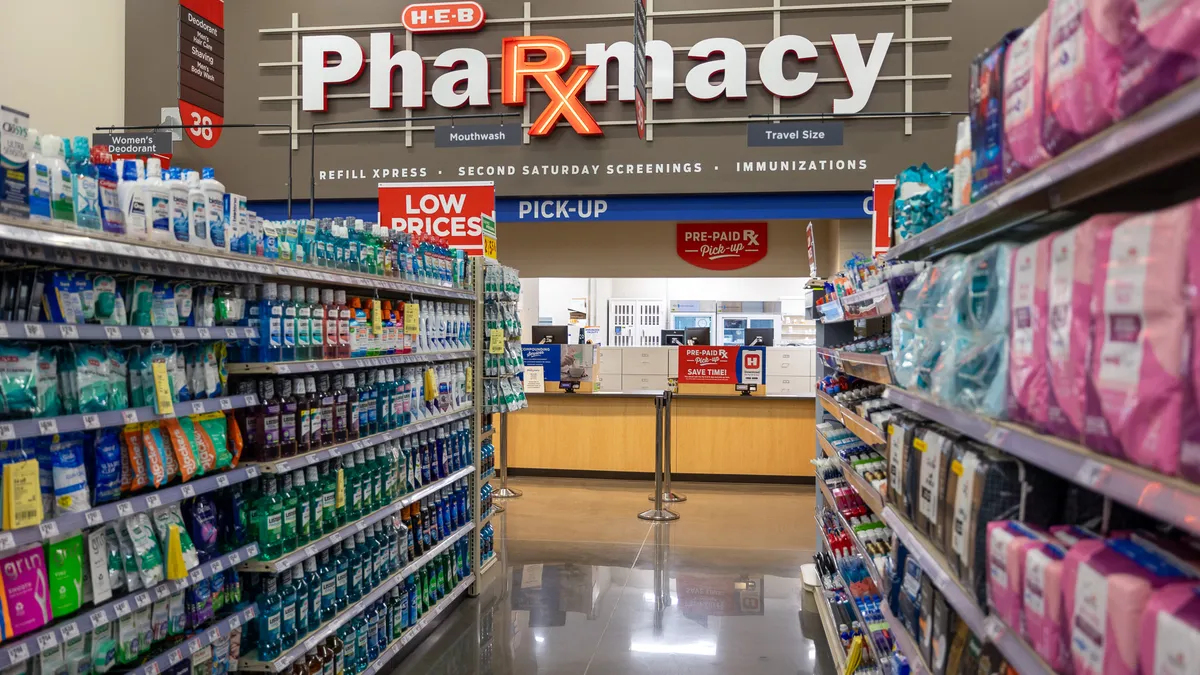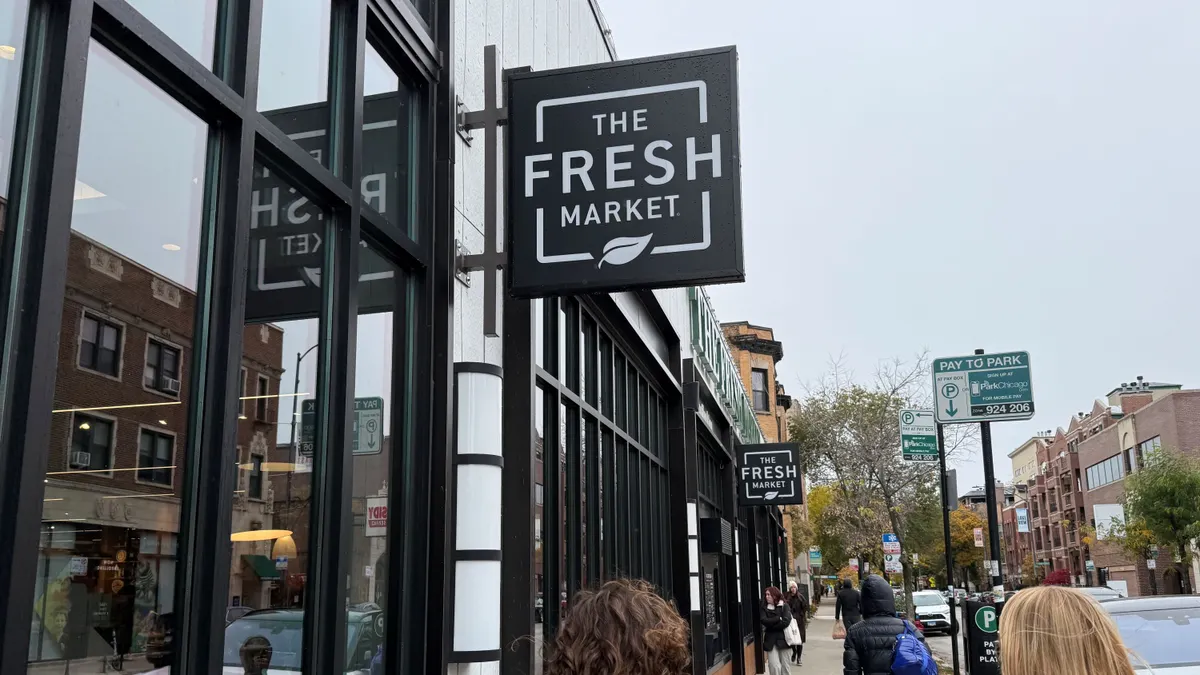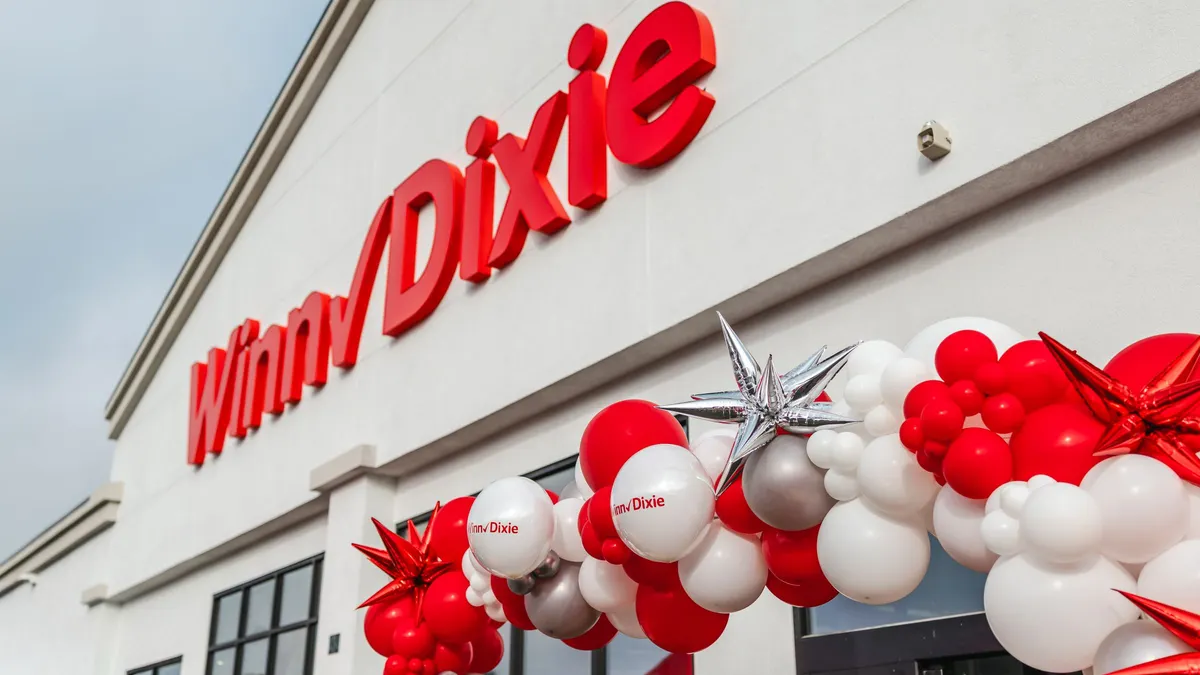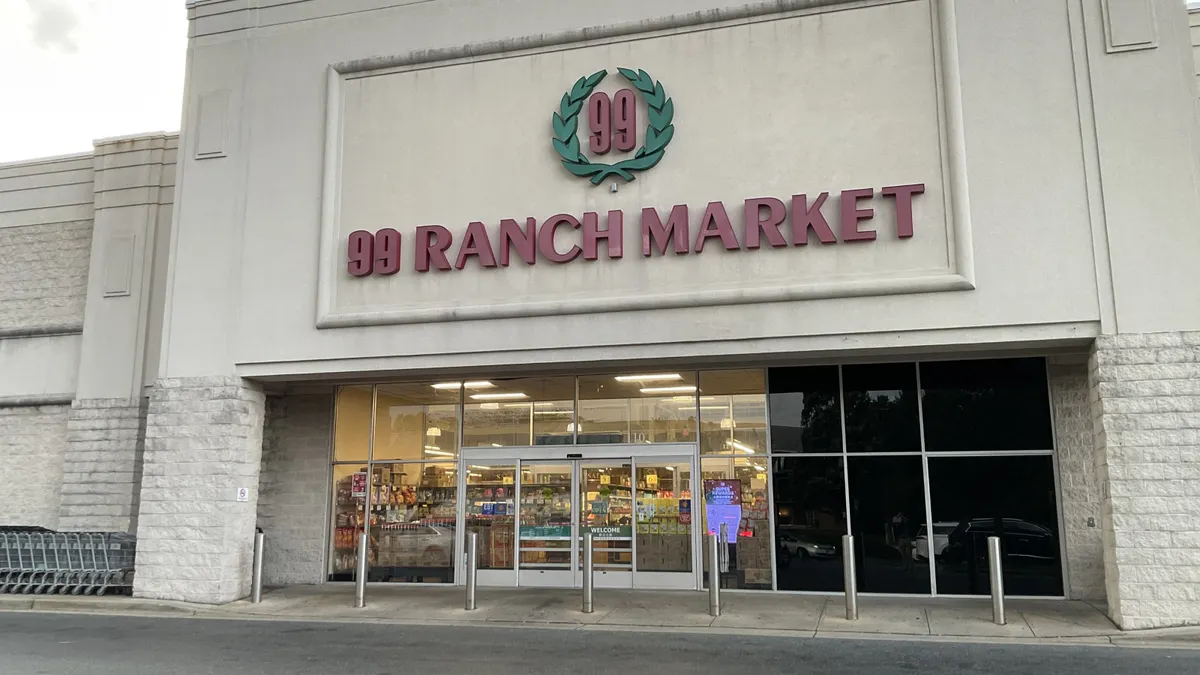The pandemic highlighted the vital role grocers’ pharmacies play, with pharmacists doling out vaccines, medications and advice to customers. Pharmacists’ roles have also recently evolved as many retailers adopt food-as-medicine approaches that connect their grocery offerings to nutrition and wellness programs.
With those role expansions, the complexities and costs of running a pharmacy have also grown, pushing some grocers to outsource their pharmacy operations or close them entirely. Schnuck Markets and Target, for example, have outsourced their pharmacy operations to CVS. Small chains, like Lunds & Byerlys and Price Cutter, have closed their operations and transferred their prescriptions to other pharmacy chains.
But other groceries have taken a different approach by looking beyond prescription sales to the wider benefits that a pharmacy brings to their business and communities they serve.
Running a pharmacy “is really not what it used to be,” said Marc Rousset, a partner at global management consulting firm Oliver Wyman. “And I think just about every one of our retail clients or people I know from the retail world is asking themselves this question: ‘What do I do with this asset that doesn't seem to be making money the way it used to?’”
Grocery consultants say most grocers shouldn’t give up on their pharmacies, even if the numbers aren’t adding up as they used to. Several chains have found new ways of integrating their pharmacies with their food assortments and venturing into other healthcare services like nutrition to create benefits for the store that go beyond the thin profit margins of prescriptions.
The grocers succeeding in pharmacy are thinking of the complexities and challenges of the modern pharmacy as an opportunity, experts say.
“When you take a step back, grocers have really large healthcare businesses that are far beyond the pharmacist, and it's with that scope in mind that now they're evaluating the pharmacy,” Rousset said.
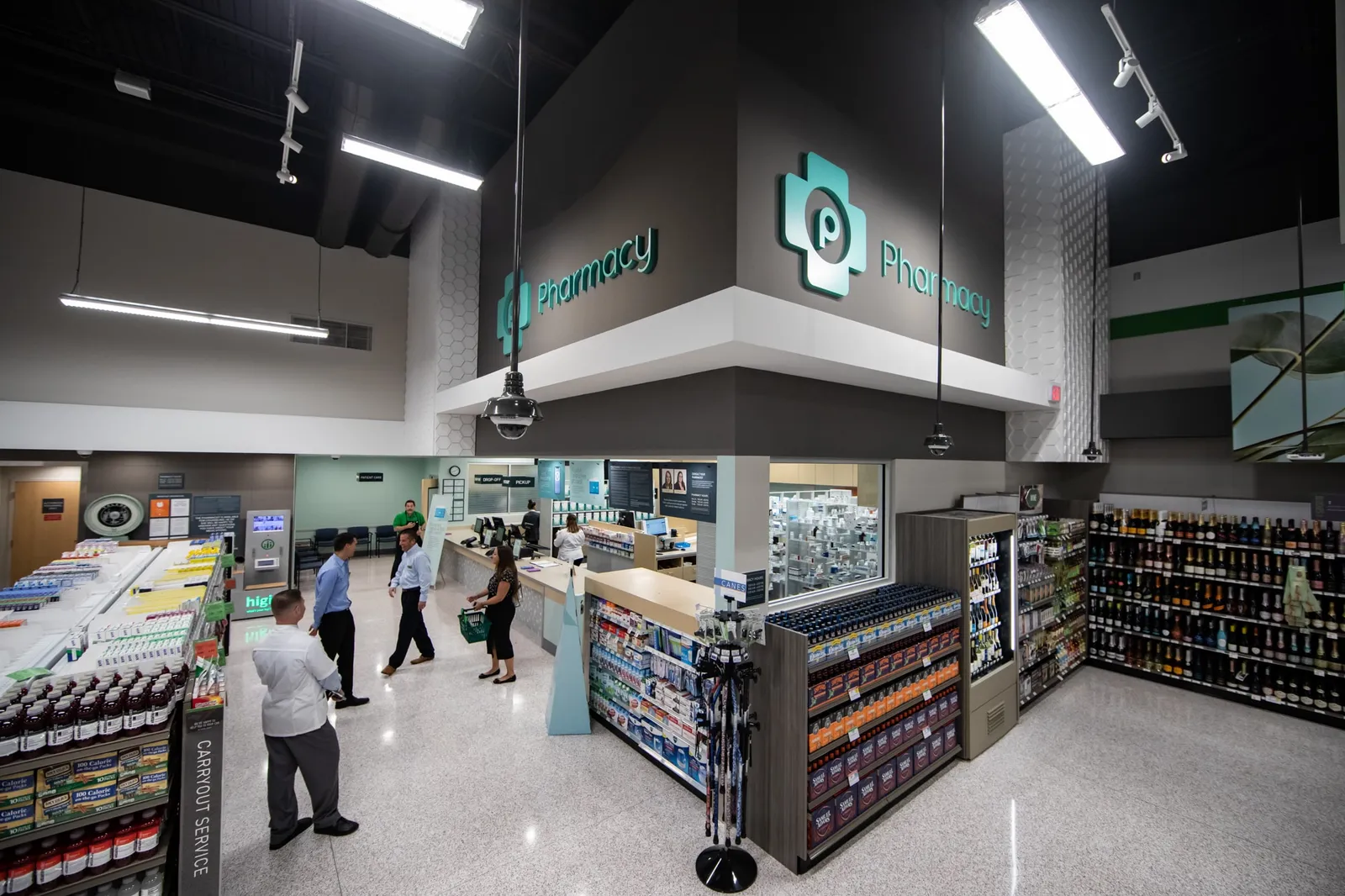
The new challenges of running a pharmacy
Bashas’ Director of Pharmacy Raj Bhanver said several factors have made it harder to run a pharmacy over the past few years: “There’s increased competition, of course, and on top of that, reimbursement rates for prescription medications have faced downward pressure from insurers and benefit managers — all while we’re facing rising operational costs.”
She also pointed to complex regulatory compliance combined with patients expecting “more convenience, accessibility and personalized care from their pharmacies.”
Economies of scale have changed the way pharmacies work. While growth and mergers have benefited some large pharmacy chains, smaller chains have struggled.
The Drug Channels Institute’s 2024 Economic Report found that generic drug prices, which comprise a large portion of grocery retail pharmacy sales, have decreased, limiting pharmacies’ revenues and gross profits from these prescriptions. Pharmacies also experienced decreased profits after the administration of COVID-19 vaccines declined, the report noted.
Many states have expanded the vaccines and other drugs pharmacists can administer, further expanding their roles. Unfortunately, many pharmacists say they’re overworked, and pharmacies around the country face shortages.
Grocers that are thriving under these difficult circumstances have removed some tasks from their pharmacists' to-do lists. Centralized prescription fulfillment operations and automation, for instance, can help “relieve some of the burden on our pharmacy staff,” said Jim Kirby, the chief commercial officer for Kroger Health.
“We've done a lot with simplifying workflow processes and taking waste and unnecessary steps out of certain processes like inventory management, dispensing the vaccination, or administering a vaccination,” he said. “We've done a lot of work on simplification.”
Kroger also supports its pharmacists with initiatives targeting burnout, career development, and culture and community building.
Hy-Vee takes a similar approach — and has seen similar results.
“We spend a lot of investment in automation so that [pharmacists] have the ability to work with the patients because you get a lot of job satisfaction as a pharmacist when you're able to practice at the top of your license and have that high touch patient care,” said Angie Nelson, Hy-Vee’s senior vice president of pharmacy.
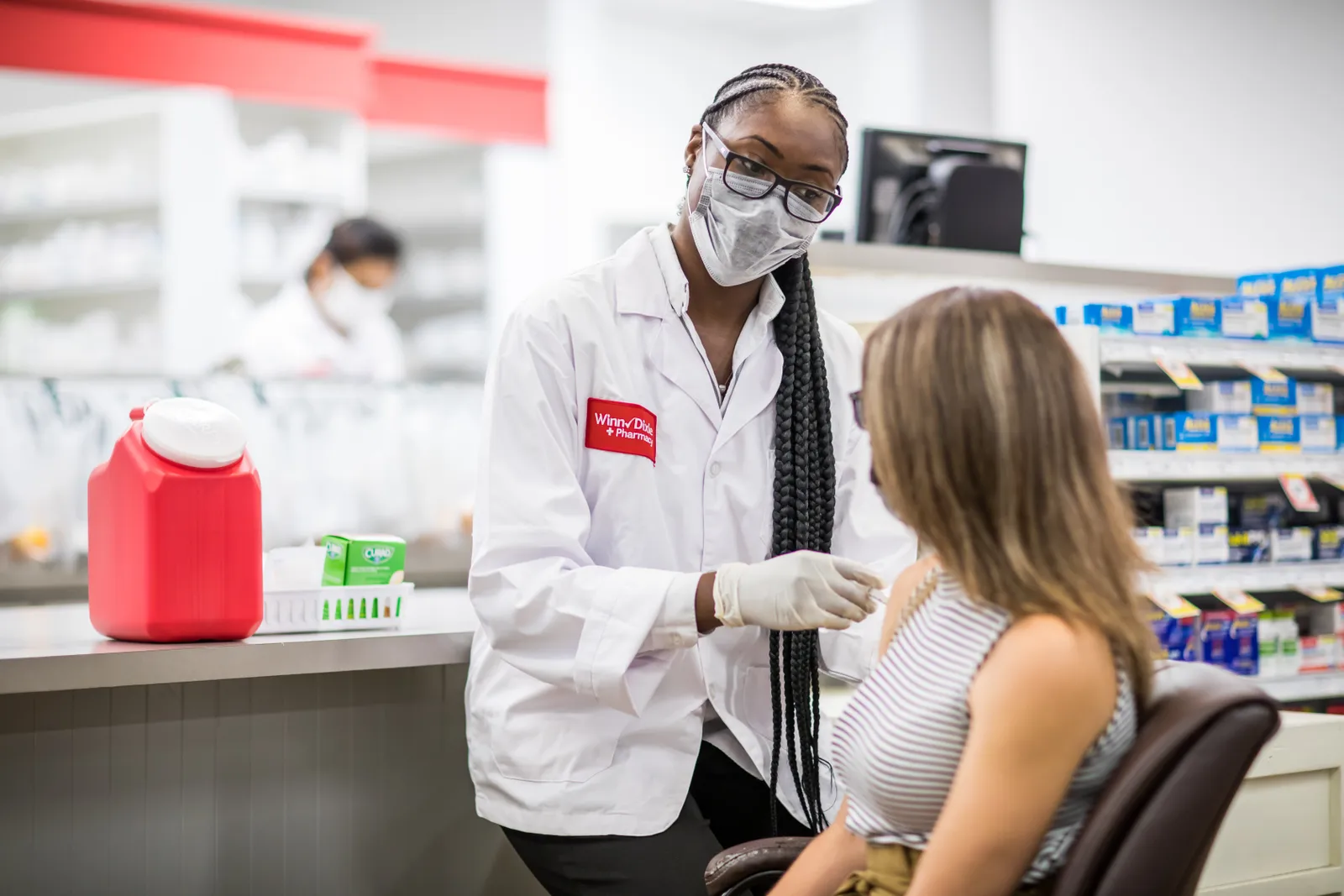
Finding ways to differentiate and evaluate pharmacies
Pharmacies can be powerful ways to retain customers, said Noor Abdel-Samed, a partner and managing director at L.E.K. Consulting: “It's incredibly sticky. It's incredibly impactful for people who have multiple prescriptions.” Changing a pharmacy is rare — consumers only tend to do so when they move or change insurance.
Abdel-Samed said that grocers who decide to pursue in-store pharmacies could turn to partnerships to get the benefits of those pharmacy trips without managing “the complexity of pharmacists and bills and pharma,” he said.
Still, “I would say if you already have [a pharmacy], you should keep it as long as it breaks even or better, which isn't that hard to do. It's not a profit center. But as long as you can make the numbers work and it's driving enough trips, I think it's worthwhile,” he said.
Kroger’s CEO agrees. "As we find in other areas of our ecosystem, customers who are retail pharmacy patients are more loyal to Kroger than non-pharmacy customers,” Rodney McMullen said during a recent earnings call. “The retail pharmacy industry is going through a period of transformation, which presents a significant opportunity for us.”
A 2023 McKinsey report suggested that creating “a differentiated experience for the consumer or offering a differentiated set of products and services” is the key to long-term success in pharmacy. It also found that consumers were eager to get more from their pharmacy staff. Nearly half of the over 1,000 consumers surveyed said they welcome the expanding role of retail pharmacies.
One way grocery pharmacies are differentiating their roles is through access to dietitians, mobile health units and supplemental programs such as food-as-medicine programs.
Hy-Vee, for example, works with health plans that encourage customers to make healthier choices. In practice, the program might encourage customers to get a flu shot by offering a $10 grocery benefit, said Nelson. At Kroger, customers receive free consultations with dietitians for signing up for its Boost delivery program. The company also places pharmacists out in the grocery aisles to answer questions on topics like over-the-counter drugs.
“We look at pharmacies really being the coordinators of care and making sure that people have what they need to take care of their total health of their total person,” said Kirby. “It all starts with being able to connect with the customers on the emotional and personal level and create that longitudinal relationship.”

